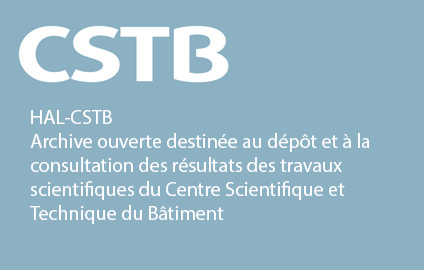Evaluation of solid-phase microextraction on-fiber derivatization for the analysis of paper degradation compounds
Résumé
As a contribution to exploring non-destructive strategies for the evaluation of the state of degradation of paper documents, two SPME on-fiber derivatization methods were developed for the analysis of low molar mass carbonyl and carboxyl compounds formed during paper degradation upon ageing. The two SPME methods involved the specific extraction of carbonyl and carboxyl compounds using PFBHA and PDAM as derivatizing agents, respectively. They were first tested and validated in headspace sampling mode where the emission from a groundwood pulp paper was characterized qualitatively and quantitatively. The methods were then applied on a set of four papers of different composition and degradation state obtained by artificial ageing. The second step was aimed at extending the methodology for field application and involved the development of direct contact sampling of the VOCs emitted from four books of different composition, naturally aged, by inserting the derivatized SPME fibers inside the books core. The analyses are discussed in the light of the paper's pulp composition and their degradation state related to the artificial ageing. The results showed that there was a close relation between the amount of VOCs emitted from paper and the composition of the paper, and that the general trend for both acids and aldehydes was an increase in the emissions with ageing time, or occasionally, a plateau reached at the longest ageing times. The VOCs emitted by the naturally aged books were consistent with those of the artificially aged papers. Globally the emissions of aldehydes were much lower than the emissions of acids and, for all the papers the most abundant VOC was formic acid, both in the unaged and in the aged samples. This is noteworthy as formic acid has been recently designated as highly aggressive towards cellulose.
Fichier principal
 ePS_2015_EVALUATION OF SOLID-PHASE MICROEXTRACTION.pdf (471.43 Ko)
Télécharger le fichier
ePS_2015_EVALUATION OF SOLID-PHASE MICROEXTRACTION.pdf (471.43 Ko)
Télécharger le fichier
Origine : Accord explicite pour ce dépôt
